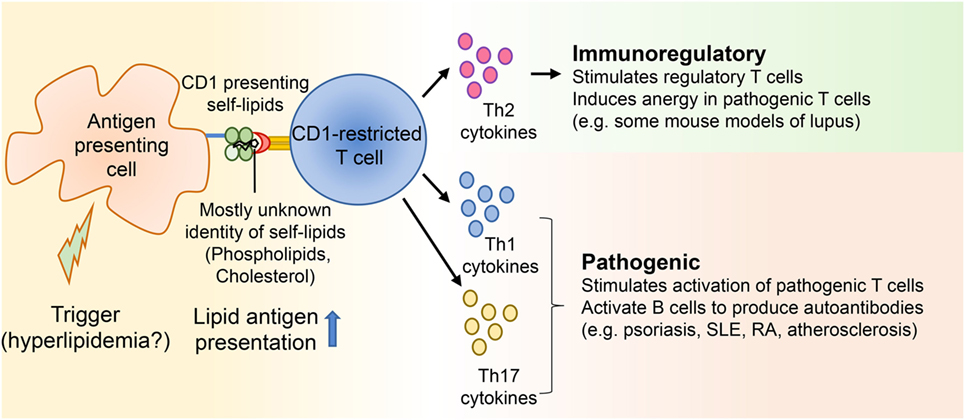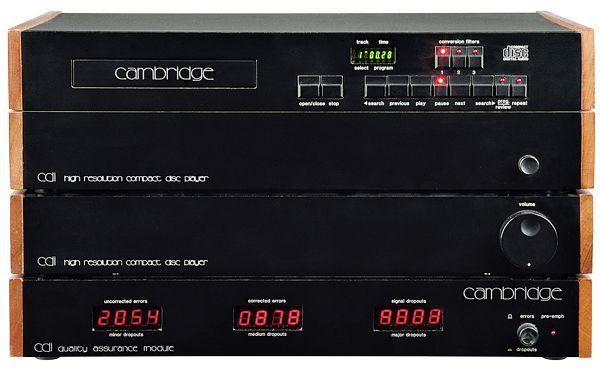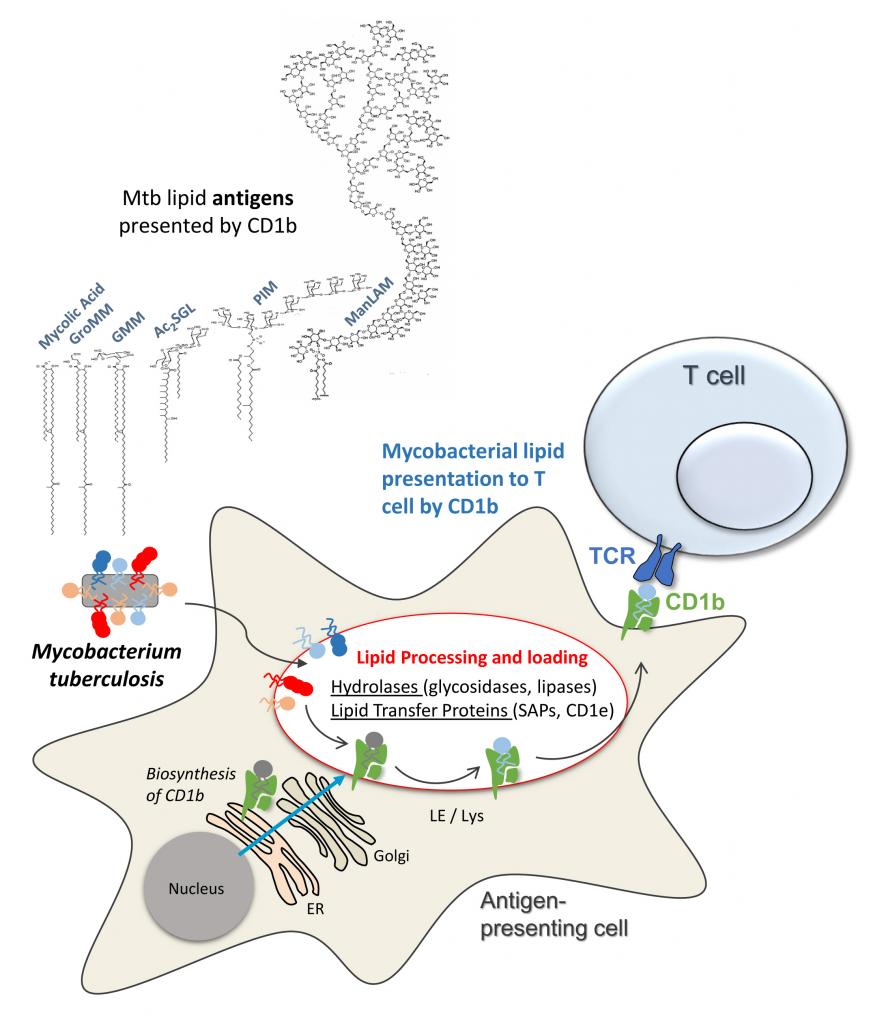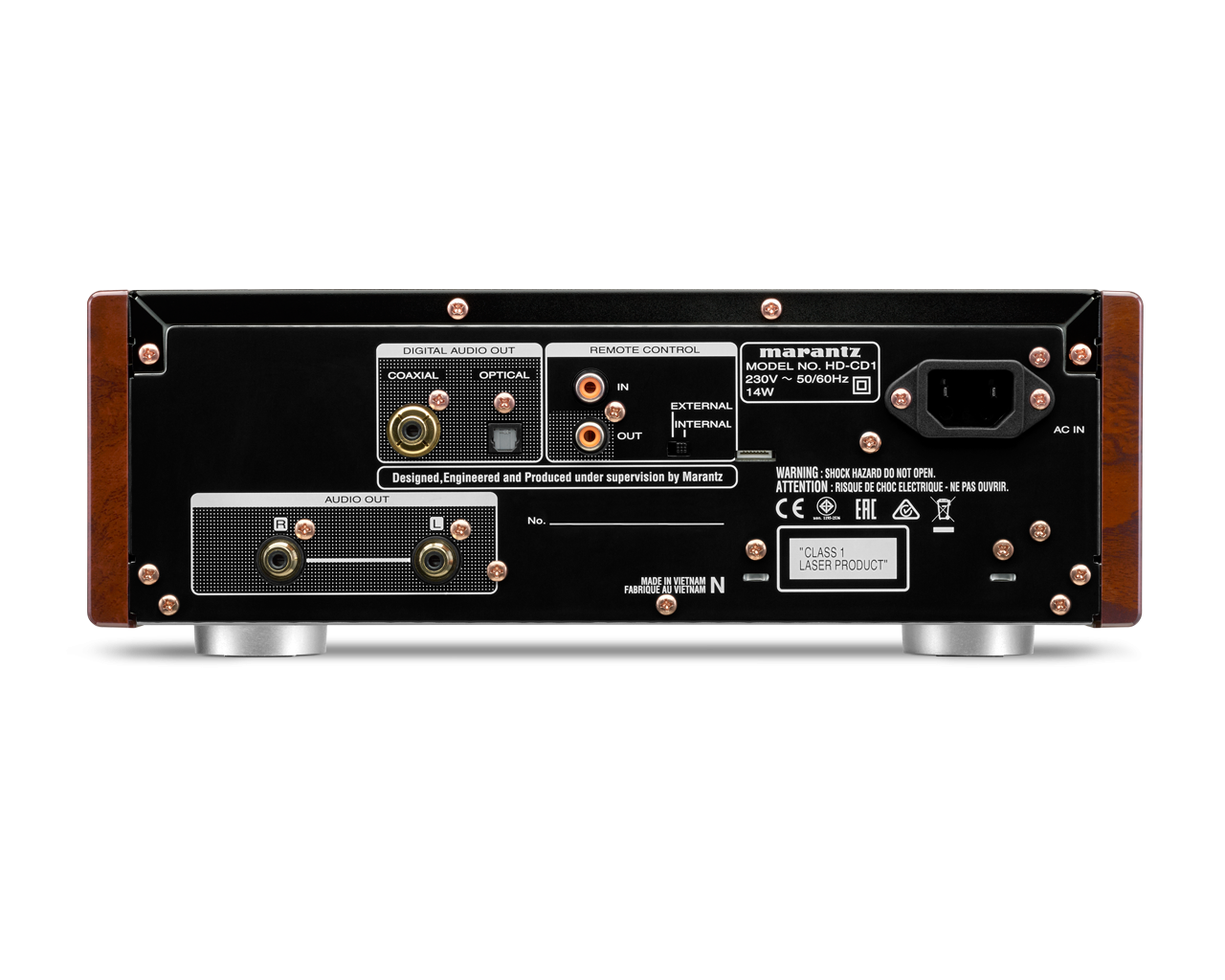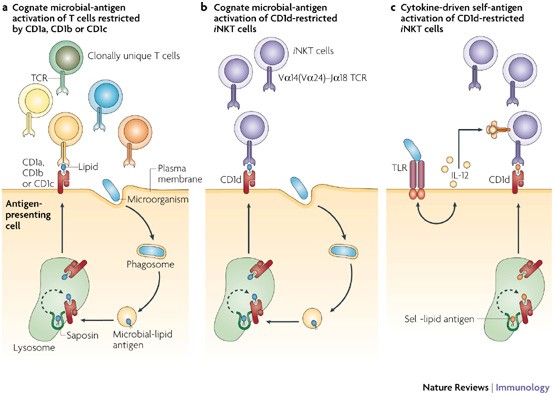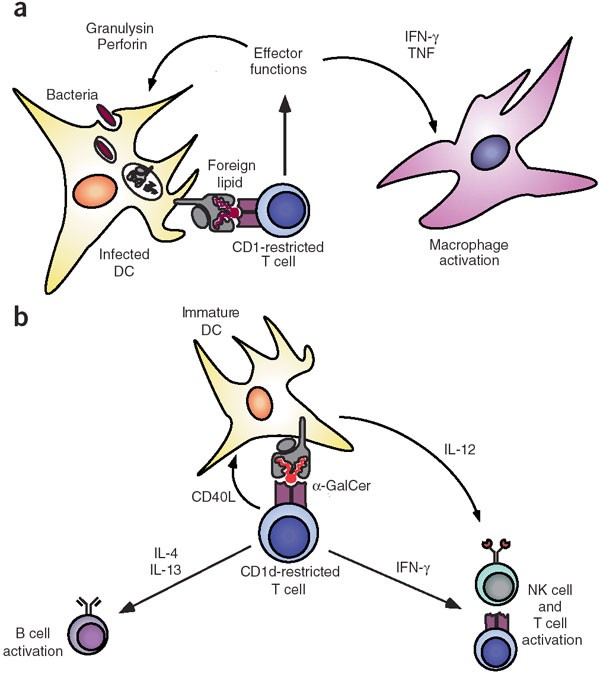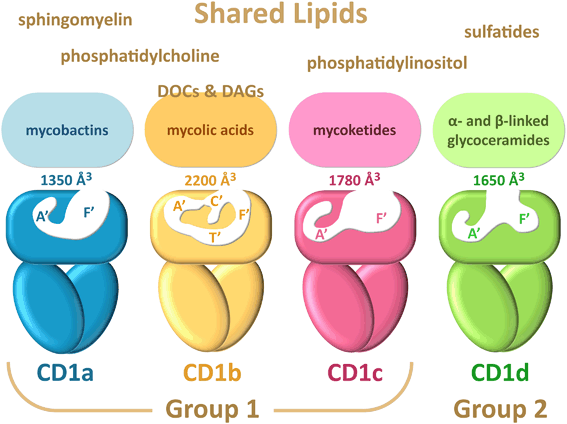
Modes of CD1-restricted TCR binding to CD1-lipid antigen complexes.... | Download Scientific Diagram

Lipid presentation by human CD1 molecules and the diverse T cell populations that respond to them. | Semantic Scholar
![PDF] CD1 : une nouvelle famille de molécules présentatrices d'antigènes aux caractéristiques singulières. | Semantic Scholar PDF] CD1 : une nouvelle famille de molécules présentatrices d'antigènes aux caractéristiques singulières. | Semantic Scholar](https://d3i71xaburhd42.cloudfront.net/f4e59c021cfdcb3eb037462baa1c01abff86c48b/2-Figure1-1.png)
PDF] CD1 : une nouvelle famille de molécules présentatrices d'antigènes aux caractéristiques singulières. | Semantic Scholar

Group 1 CD1-restricted T cells consist of autoreactive and microbial... | Download Scientific Diagram

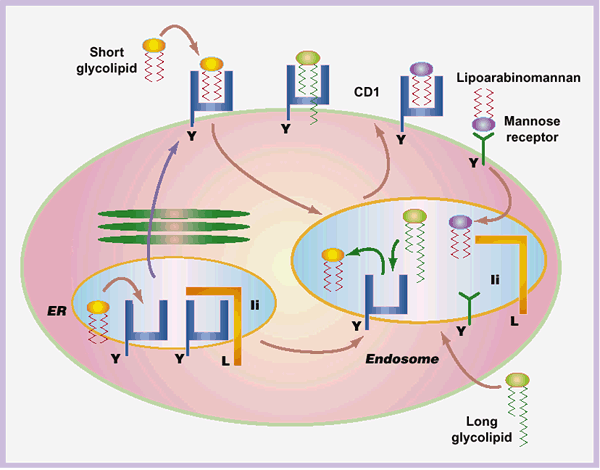
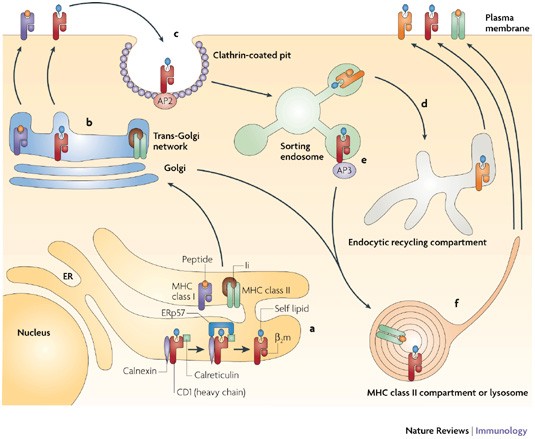
![TASCAM MD-CD1 [MiniDisc Wiki] TASCAM MD-CD1 [MiniDisc Wiki]](https://www.minidisc.wiki/_media/equipment/tascam/pro/tascam_mdcd1_front_1_.jpg?cache=)

